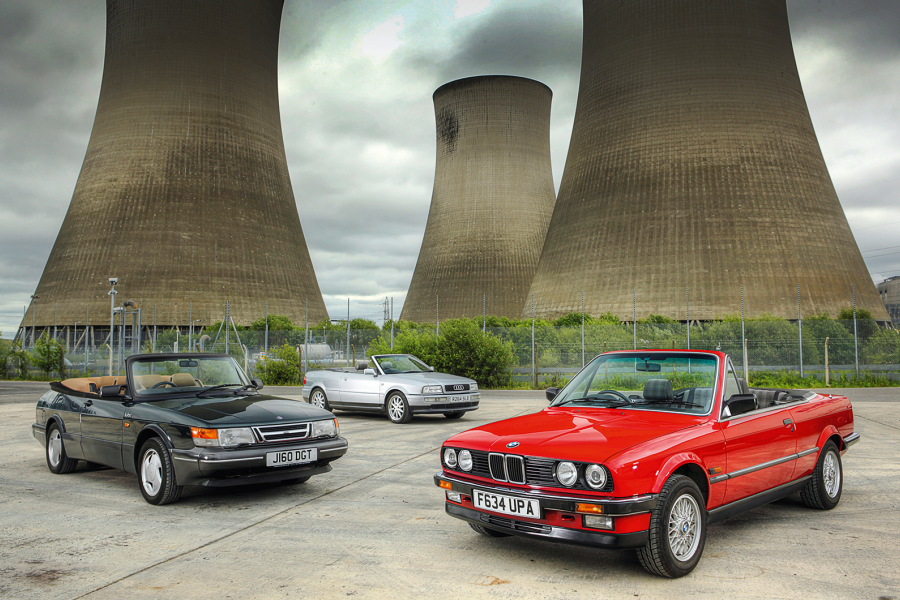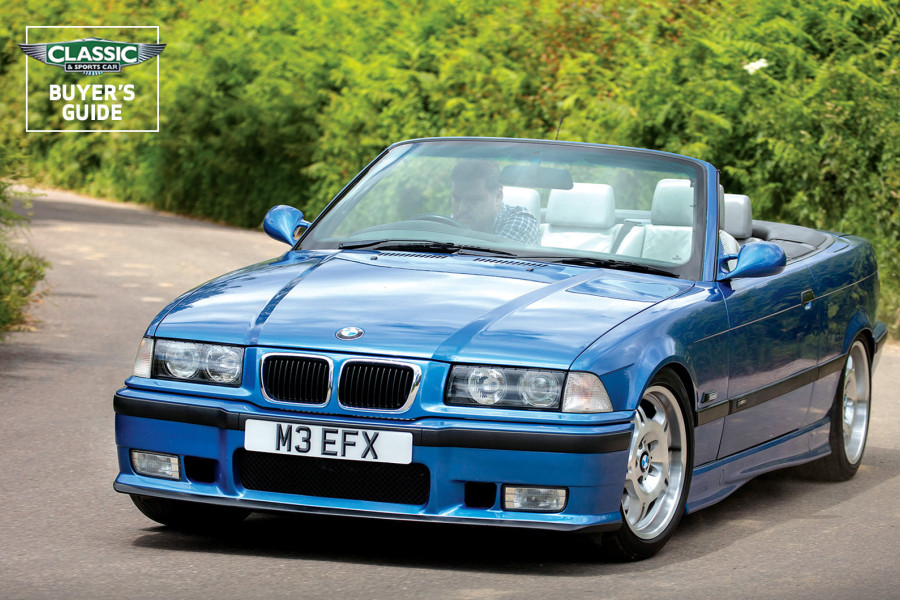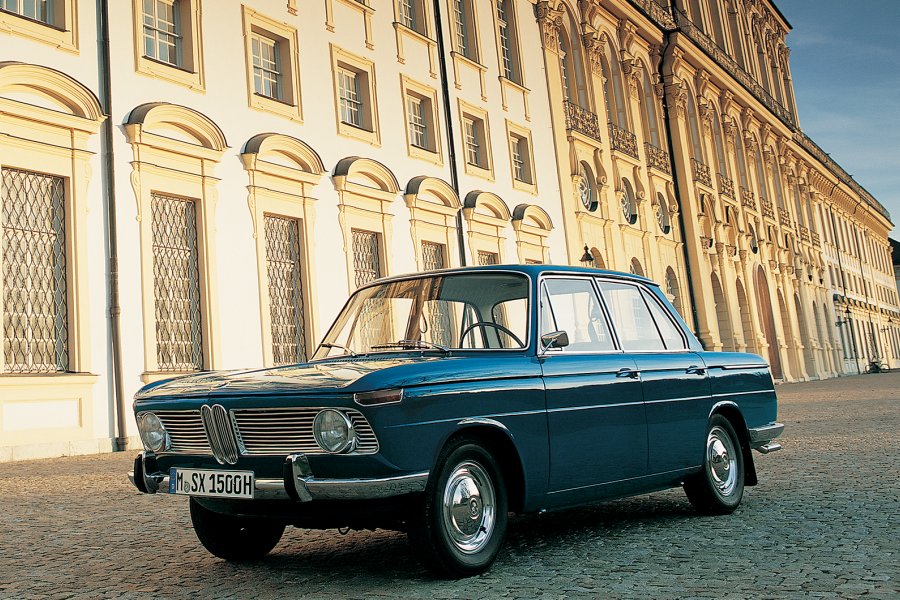
There are one-make series and then there’s Procar, a two-year adventure that was designed to showcase the spectacular new BMW M1 during Grand Prix weekends and involved many of the top Formula One drivers.
For proof of its status, in fact, look no further than its two champions – Niki Lauda and Nelson Piquet.
Procar was the brainchild of Jochen Neerpasch, former racer turned BMW Motorsport boss. Throughout the 1970s, the German marque had been at the forefront of touring-car racing thanks to its CSL and 3-series, but turning those models into racers was an expensive and time-consuming business.

The Tom Walkinshaw/Umberto Grano CSL en route to European Touring Car Championship victory at Brands Hatch in 1978
“To build a racing car, you had to homologate a street version,” Neerpasch told C&SC in 2012.
“BMW always made very safe and comfortable road cars, so they were heavy. We thought that the best thing to do was build a race car for road use. A production 3-series cost, let’s say, 30,000DM – but the competition version cost 750,000DM. The M1 road car cost 100,000DM and the Procar cost 150,000DM. It was easy to turn it into a racing car.”









